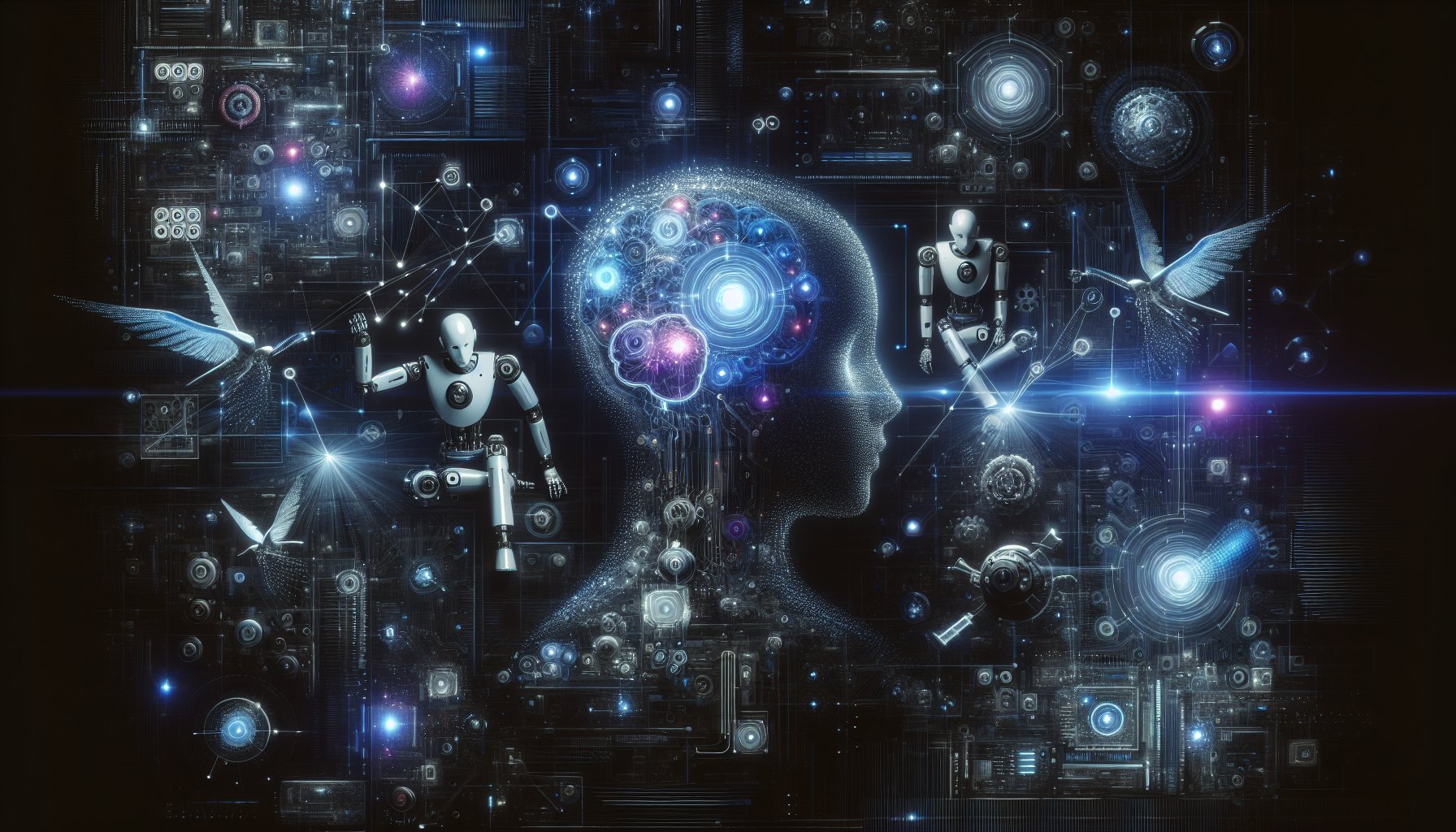Introduction
Welcome to the future of IT development! As we navigate the year 2025, the world of technology continues to evolve at a breakneck pace. The boundaries of what's possible are constantly being redefined, especially in the realm of Artificial Intelligence (AI). In this blog post, we will explore the cutting-edge AI integration strategies that are shaping the world of IT development.
Adopting a Cloud-Native Approach
When it comes to integrating AI into your tech stack, the first step is adopting a cloud-native approach. Cloud platforms like AWS, Google Cloud, and Azure offer powerful AI and Machine Learning (ML) capabilities, allowing developers to build, deploy, and scale AI applications with ease. Using these platforms, you can leverage pre-trained AI models, saving you the time and resources typically associated with training AI models from scratch.
Embracing Microservices
Microservices have become a vital part of modern IT architecture, and their role in AI integration is no different. By breaking down your AI applications into smaller, self-contained services, you can achieve greater scalability and flexibility. Each microservice can be independently developed, deployed, and scaled, making your AI applications more robust and resilient.
Leveraging DevOps Practices
As AI continues to drive innovation, it's essential to integrate it into your DevOps practices. AI can provide valuable insights into your development processes, helping you to identify bottlenecks and inefficiencies. By incorporating AI into your DevOps pipeline, you can improve your development workflows, increase productivity, and deliver better-quality software.
Preparing for Quantum Computing
Quantum computing is on the horizon, and it promises to revolutionize how we approach AI. With its ability to process vast amounts of data at unprecedented speeds, quantum computing will enable us to tackle complex AI challenges that are currently beyond our reach. By starting to familiarize yourself with quantum computing concepts now, you can be ready to take advantage of this technology when it becomes widely available.
Conclusion
As we look to the future, it's clear that AI will continue to play a pivotal role in IT development. By adopting a cloud-native approach, embracing microservices, leveraging DevOps practices, and preparing for the advent of quantum computing, you can position your organization at the forefront of this exciting field. Remember, the future of IT development isn't just about keeping up with the latest technologies; it's about anticipating what's coming next and being ready to harness it when it arrives.
The world of AI integration is evolving rapidly, and it's essential to stay up-to-date with the latest trends and technologies. By understanding and implementing these AI integration strategies, you can ensure your organization is ready to navigate the future of IT development. Stay tuned for more insights on the cutting edge of technology.